Whether you are looking to browse content or are a marketer who wants to leverage the unprecedented reach of public networks, here is a list of the largest social media platforms in 2025.
This list organizes the most popular social media platforms by the number of monthly active users (MAUs), in accordance with data from Statista.
1. Facebook (3.05 billion MAUs)

Initial release date: 2004
Facebook is the world’s largest social media platform, with just under 40% of the human population using it.
Over 200 million businesses use Facebook tools, and over 7 million advertisers promote their business on the platform.
This platform, run by Meta Platforms, Inc., supports every type of content, including text, images, videos, and Stories. However, the Facebook algorithm prioritizes the kind of content that incites meaningful conversations between people, especially family and friends.
2. YouTube (2.49 billion MAUs)
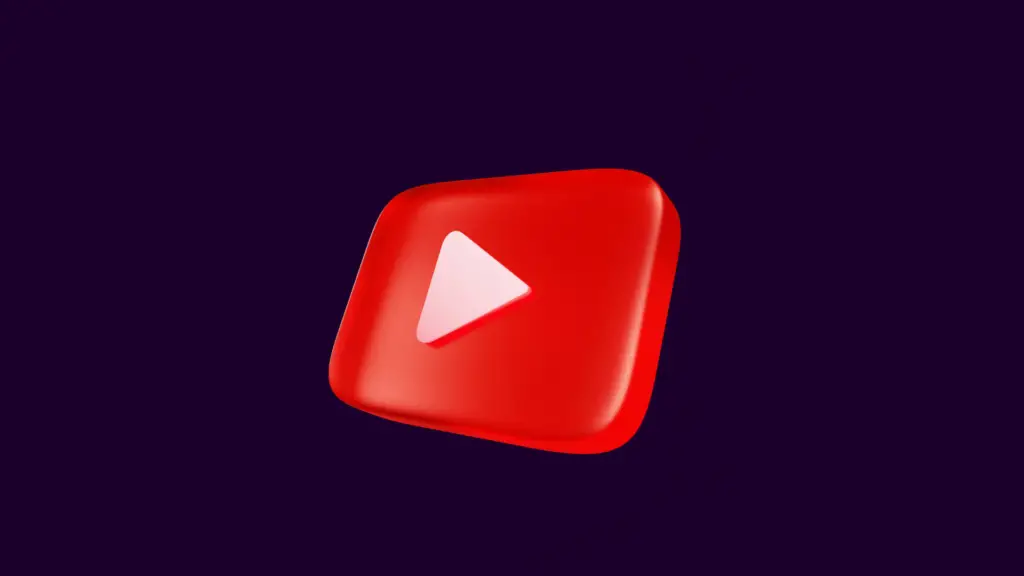
Initial release date: 2005
YouTube is a video-sharing platform in which users watch billions of hours of video content on a daily basis. Aside from being the largest app on social media, YouTube is considered the second-largest search engine after its parent company Google.
If your business uses video to promote itself, you absolutely must add YouTube to your marketing strategy. There are tons of tutorials on how to create YouTube channels for brands.
3. WhatsApp (2 billion MAUs)

Initial release date: 2009
WhatsApp is the most widely used messaging application across 180 countries. At first, it was used to send text messages between family and friends, but the launch of WhatsApp Business in 2018 has allowed the platform to become a popular choice for brands.
WhatsApp was acquired by Meta (formerly Facebook) in 2014.
4. Instagram (2 billion MAUs)

Initial release date: 2010
Instagram is the place to showcase products, services, and lifestyle with photos and videos. It also supports Stories, Reels, and live content.
By creating an Instagram business profile, you will be able to see rich analytics regarding your posts and profile along with the ability to schedule posts with third-party tools.
Hashtags allow you to target specific and broad interests to reach your intended audience.
5. TikTok (1.8 billion MAUs)
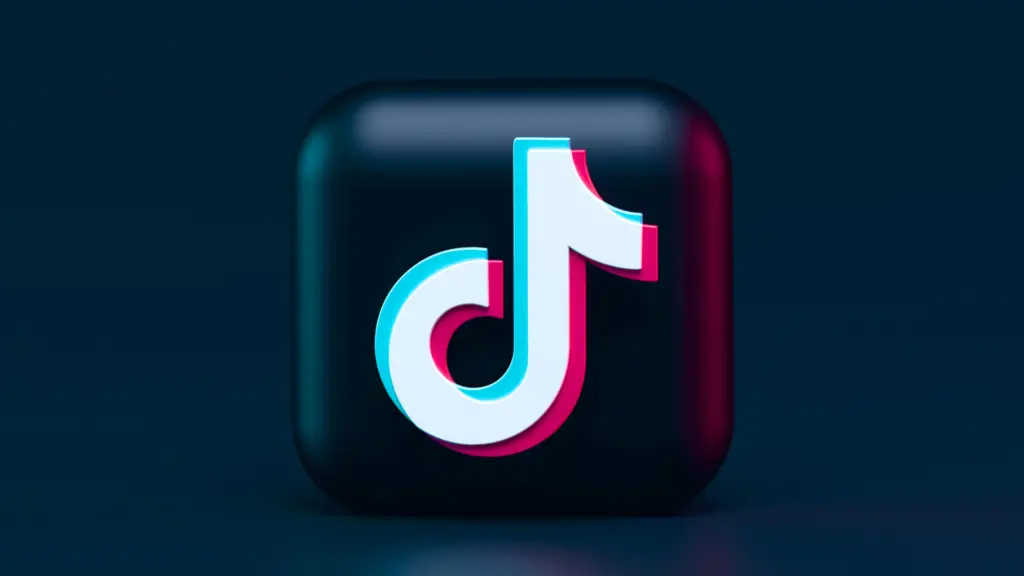
Initial release date: 2016
TikTok is a short-form video-sharing application. Even though it is young by comparison to other competitors on this list, it has become one of the fastest-growing apps in the world, recently overtaking Google as the most visited site on the web.
On TikTok, users create and share videos between 15 seconds to 10 minutes long, and the app has a massive catalog of sound effects, filters, and music snippets to enhance videos.
Videos are available to cater to almost any interest, ranging from lip-syncs, challenges, and dancing to DIY tricks and make-up tutorials.
Douyin is the Chinese version of TikTok and is exclusive to the territory.
6. WeChat (1.3 billion MAUs)
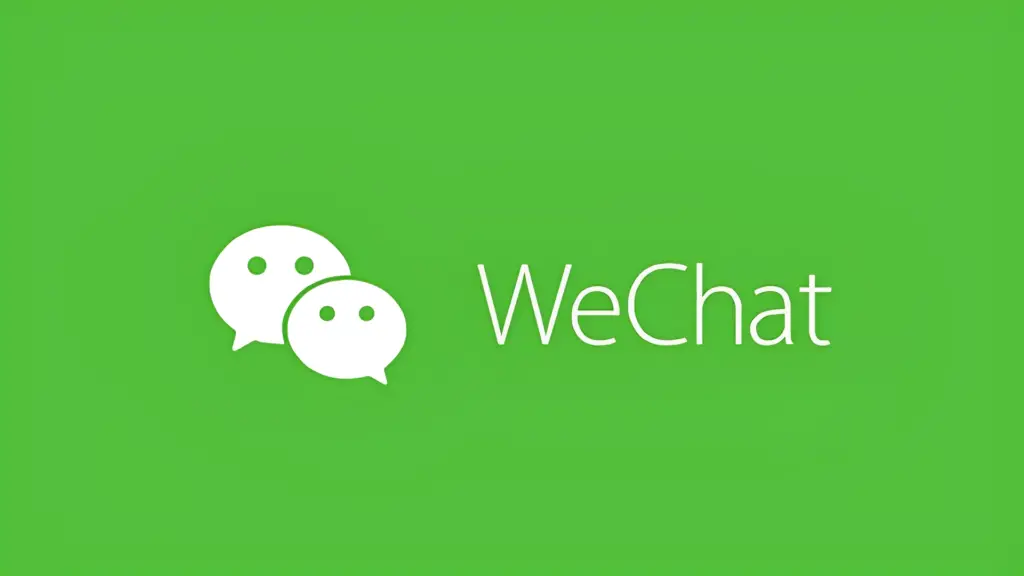
Initial release date: 2011
WeChat is a messaging application with over 80 percent of the total population of China active on it.
Like WhatsApp and Messenger, WeChat started as a pure messaging app but eventually evolved into an all-in-one platform that allows for messaging, calling, online shopping, bill pay, money transfers, reservations, and more.
7. Reddit (1.2 billion MAUs)
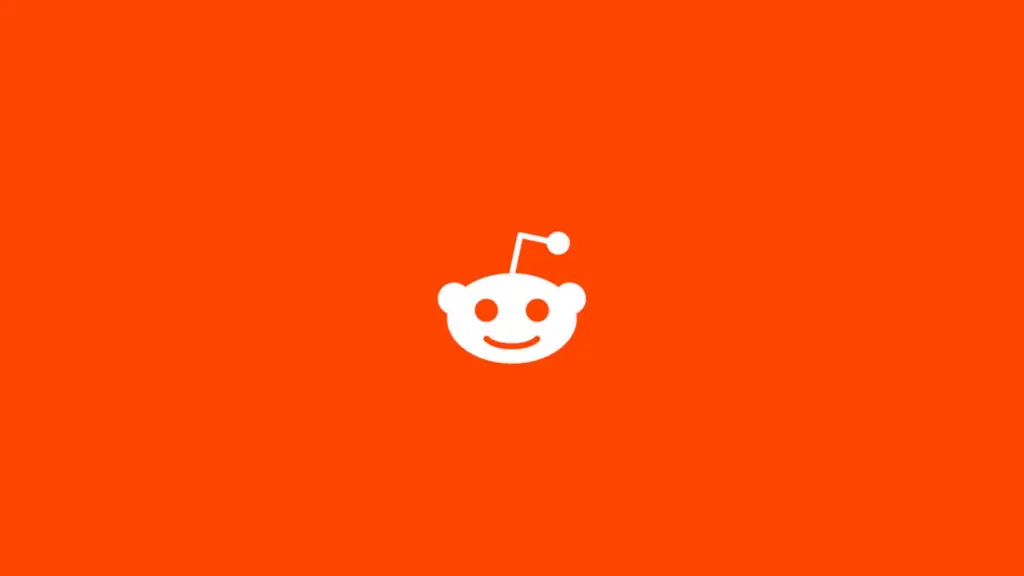
Initial release date: 2005
Reddit is the Internet’s largest forum, offering current events, in-depth discussions of various topics, celebrity “ask-me-anything” (AMA) posts, and the ability to post links, images, and videos.
Subreddits are forums that are dedicated to individual topics and offer entire communities around ideas.
8. Facebook Messenger (1 billion MAUs)
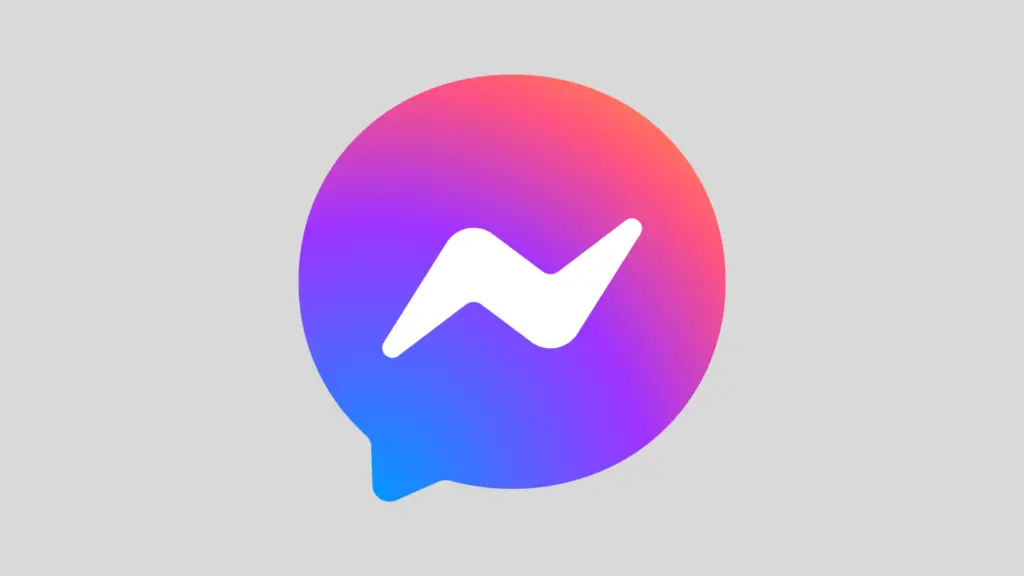
Initial release date: 2008
Facebook Messenger is an instant messaging app and platform developed by Meta. Originally integrated within the Facebook social network as Facebook Chat, Messenger was launched as a standalone app in 2011 and has since evolved into a versatile communication tool for both personal and business use.
It allows users to send text messages, share photos, videos, stickers, audio, and files, as well as react to messages and interact with bots. The app supports voice and video calls, including group calls, making it a comprehensive tool for staying connected.
9. Telegram (950 million MAUs)

Initial release date: 2013
Telegram is a free messaging application that works across multiple devices and places no limits on the size of the media.
The distinctive feature of Telegram is end-to-end encryption for all activities like chat, groups, and media. Its emphasis on security has drawn more customers over the years.
This platform is ideal for providing one-on-one customer support. For instance, brands can create chatbots or make use of the platform’s channel feature to broadcast messages to up to 200,000 people.
10. Snapchat (850 million MAUs)
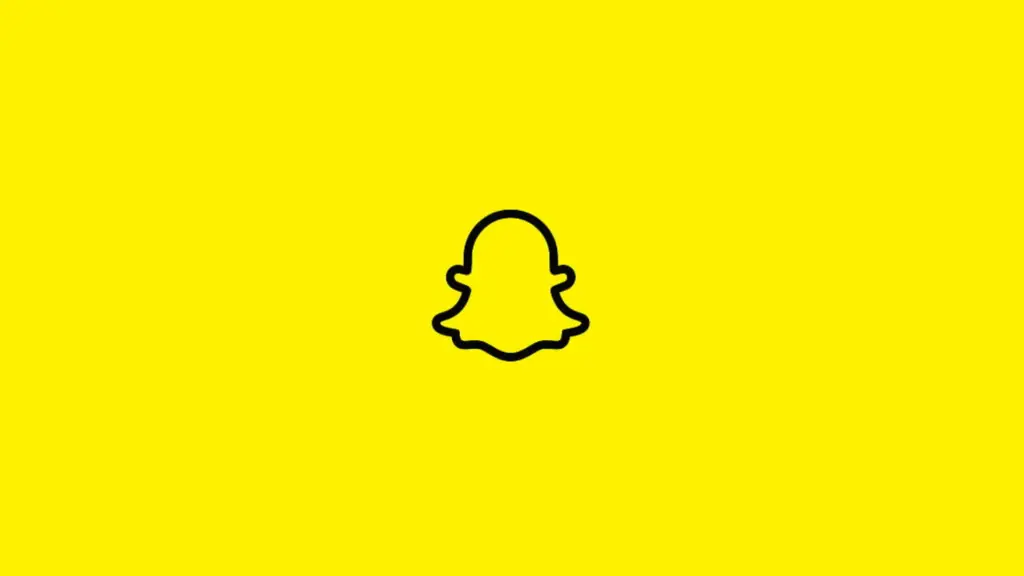
Initial release date: 2011
Snapchat is a platform where users create short videos and photos between friends. It popularized the vertical video format, which proliferated to other platforms like Instagram and TikTok.
Nearly 70% of teenagers in the United States claim to use Snapchat. It works best for younger audiences when trying to promote products, services, and general content.
11. Kuaishou (715 million MAUs)

Initial release date: 2011
Kuaishou is the Chinese rival to TikTok and Douyin. Like its competitors, the platform allows users to overlay stickers and text to videos and images and add sound bites. Users live stream content to followers on the platform to record longer videos.
12. X/Twitter (619 million MAUs)

Initial release date: 2006
X (formerly known as Twitter) behaves primarily like a news feed, allowing users, creators, and businesses to post news, entertainment, politics, sports, and more. It places a heavy emphasis on real-time information.
Recently, it has added Grok AI, a generative AI chatbot built on a large language model (LLM), designed to compete with ChatGPT.
13. Sina Weibo (580 million MAUs)
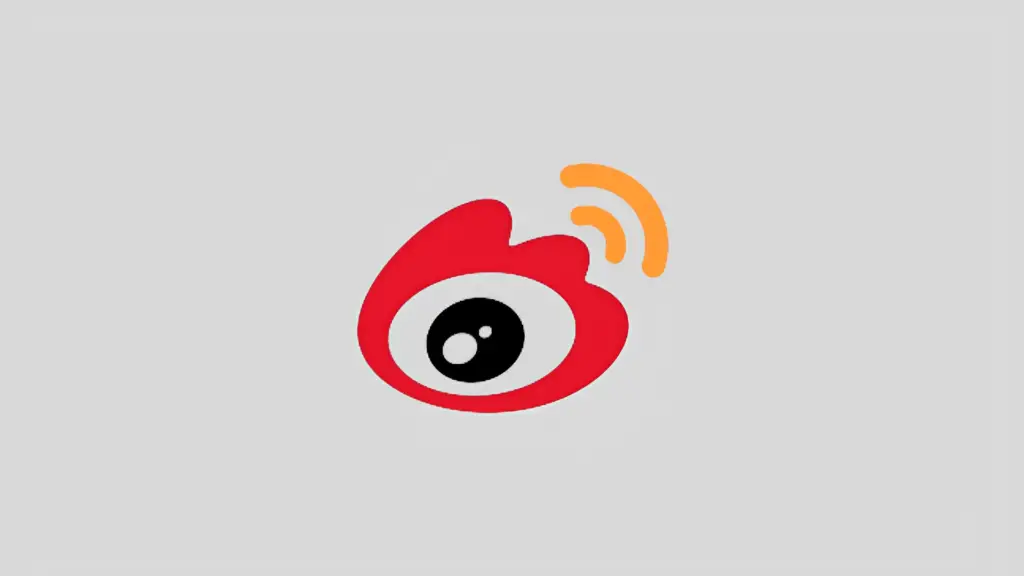
Initial release date: 2009
Weibo (微博) translates to “micro-blog” in Chinese. It is comparable to Twitter and Instagram.
On it, users can post images, stories, and videos to see trending topics, use hashtags in posts, and instant messaging.
When compared to WeChat, Sina Weibo hosts a younger demographic, with more informational and trending content.
14. QQ (562 million MAUs)
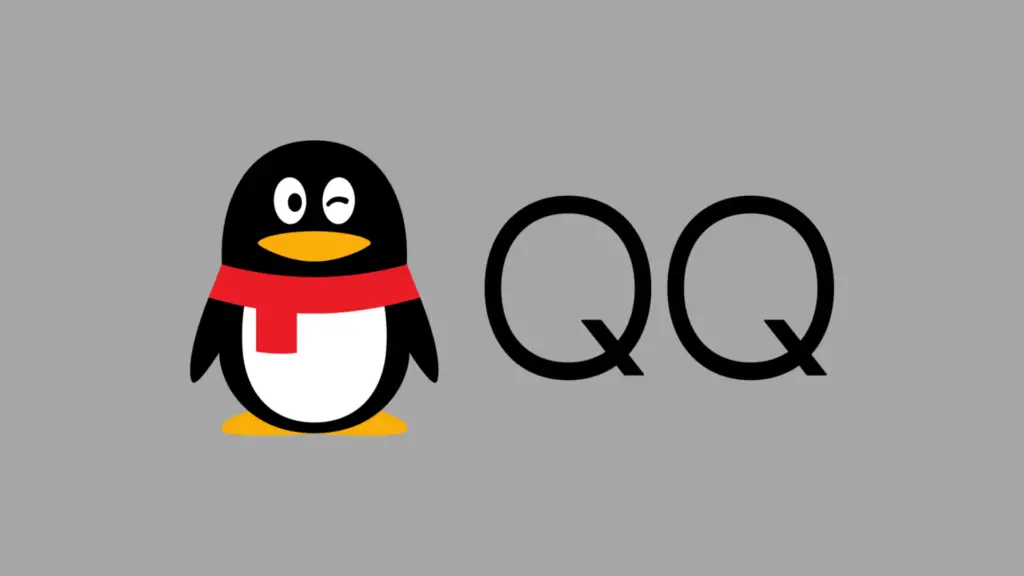
Initial release date: 1999
QQ is a China-based app from Tencent that offers a mix of blogging and social networking. Users can upload multimedia, write blogs, play games, and stream music.
15. Pinterest (537 million MAUs)

Initial release date: 2010
Pinterest is the definitive virtual pin board, allowing for the easy discovery of products and ideas. This is made incredibly simple and visually pleasing with the ability to “pin” photos and videos that link to websites, blog posts, product pages, and more content across the Internet.
Aside from one’s own website, Pinterest is the best affiliate marketing hub on the Internet and focuses primarily on beauty, fashion, home, garden, and DIY.
16. Quora (400 million MAUs)
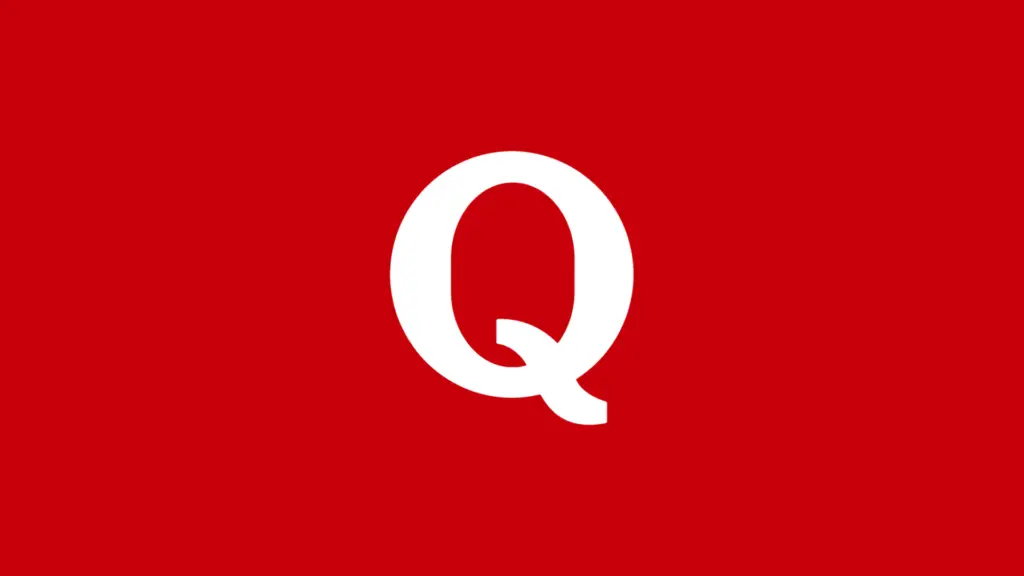
Initial release date: 2010
Quora is a community-based question-and-answer site where people can discover information on a variety of topics. These are ranked based on shares, views, votes, and reviews.
17. LinkedIn (310 million MAUs)
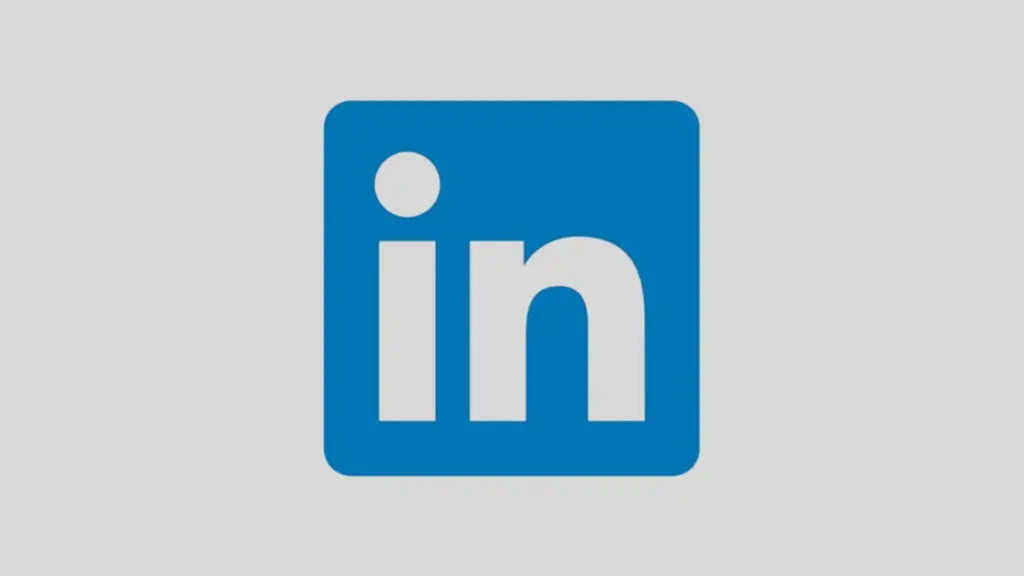
Initial release date: 2003
LinkedIn began as a simple job search engine and resume site. Today, it has evolved into a professional networking platform in which industry experts share content, network, and develop brands. It is also considered a place for entrepreneurs and enterprises to establish thought leadership in their industries to attract top talent.
18. Threads (275 million MAUs)

Initial release date: 2023
Threads is Instagram’s alternative to X/Twitter. While it functions almost identically, it is missing many of the competitor’s key features. Still, it is growing in popularity as new updates roll out.
19. Twitch (240 million MAUs)
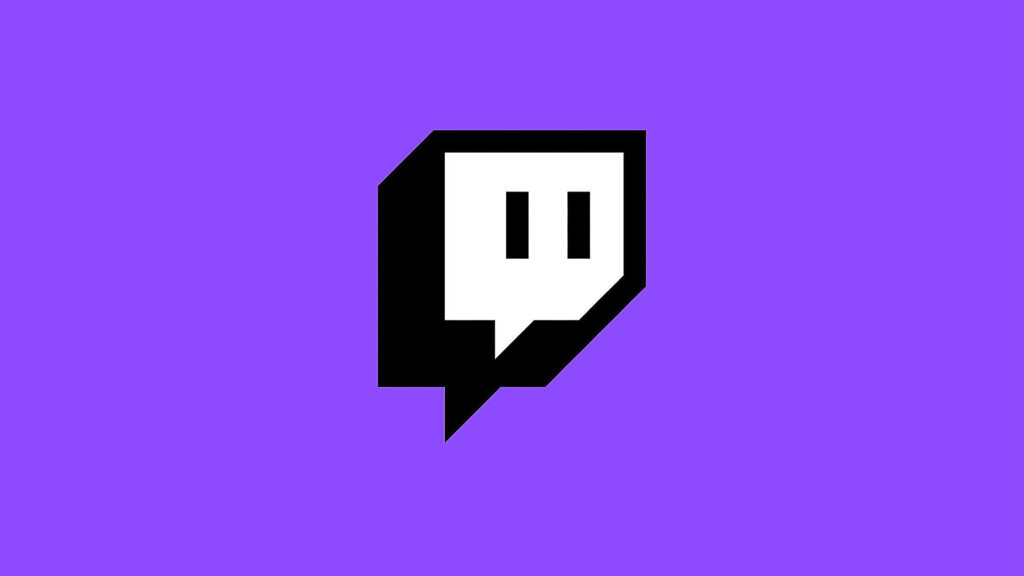
Initial release date: 2011
Twitch is a live-streaming platform for games and gamers. It offers various forms of entertainment beyond this. Users can make a channel, stream their gameplay, and interact with their personal audience via chat.
Over the years, it has become the central hub for eSports and gaming communities. It is a place in which many professional players, tournaments, and teams use it to broadcast their matches.
20. Discord (200 million MAUs)
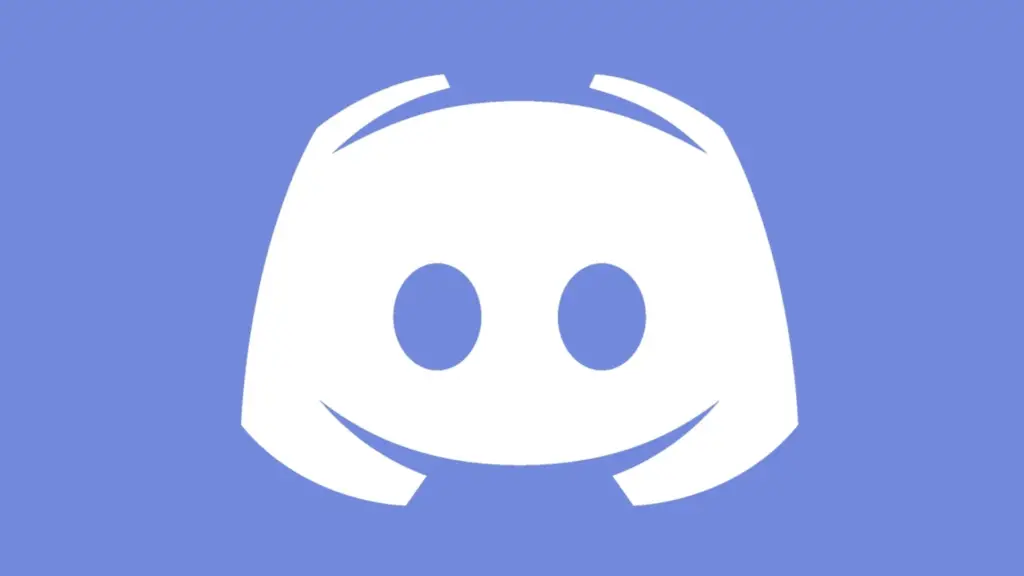
Initial release date: 2015
Discord is a communication platform that lets users make servers, join communities, and chat over voice and text with others in real-time. The platform is popular due to its customizable features, ease of use, great UI, and ability to work with various devices.
21. Tumblr (135 million MAUs)

Initial release date: 2007
Tumblr is a popular microblogging social media site. Users can share their content in various forms like text, videos, photos, GIFs, audio clips, links, etc. Content shared is done across every niche, topic, and interest.
Blogs can be customized in their design.
22. Mastodon (1 million MAUs)
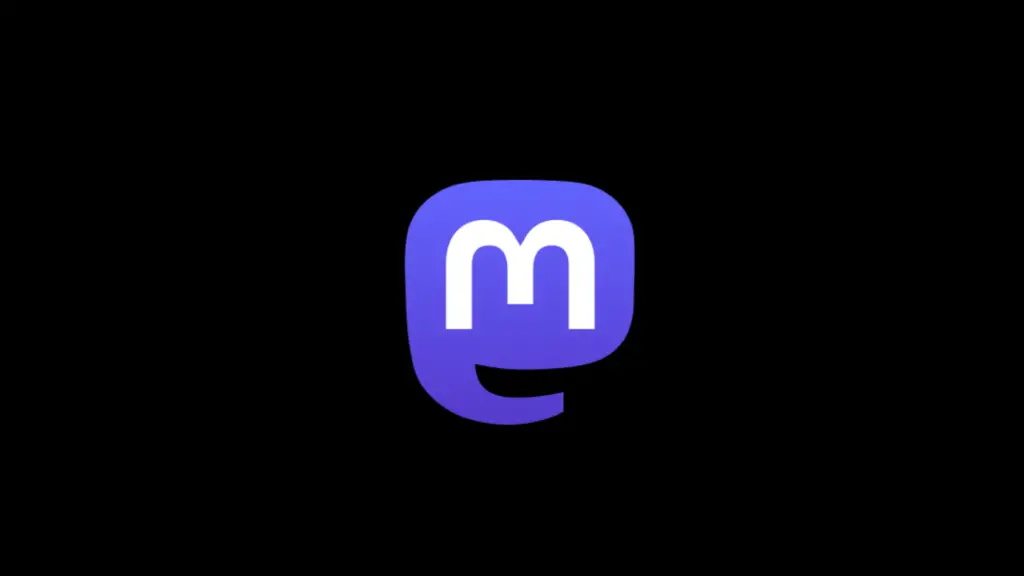
Initial release date: 2016
Mastodon is an open-source, decentralized platform that allows users to set up servers to communicate. What’s more, users can create massive posts of up to 5,000 characters, complete with images, video, and audio.
If you’re interested, check out our list of the largest video-sharing platforms in 2025, ranked.

